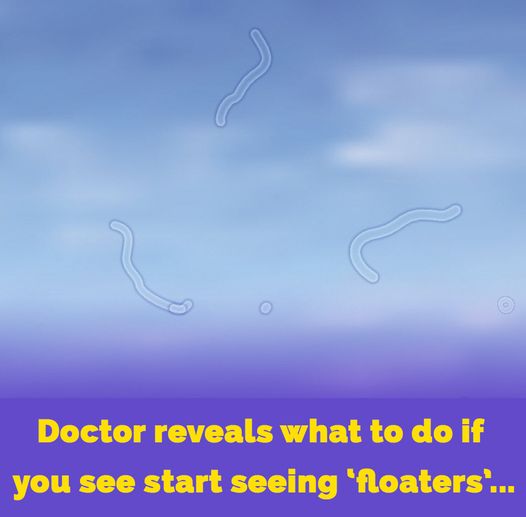What to Do if You See Eye Floaters
Noticing small spots or specks drifting in your vision? These are eye floaters—usually harmless but sometimes annoying. Let’s explore their types, causes, and treatments.
Types of Floaters
Floaters often appear as:
Black or gray dots
Squiggly lines
Cobwebs
Rings
They may not disappear completely but often become less noticeable over time.
Causes
Floaters typically result from protein clumps in the eye’s vitreous as it shrinks with age. Most common between ages 50–75, they’re also linked to nearsightedness, cataract surgery, or eye conditions. Sudden floaters might indicate a serious issue like retinal detachment—seek medical help if they appear suddenly, worsen, or are paired with flashes.
Managing Floaters
For mild cases:
Shift your gaze to move floaters.
Eat a vitamin A-rich diet (carrots, leafy greens, fish).
Use sunglasses and reduce screen time.
Quit smoking and manage eye strain.
For severe cases, treatments include:
Laser therapy: Breaks up floaters but has risks.
Vitrectomy: Replaces the vitreous with a saline solution or gas bubble.
Consult your doctor for sudden or persistent changes. While often harmless, managing floaters can improve your quality of life!







Post Comment